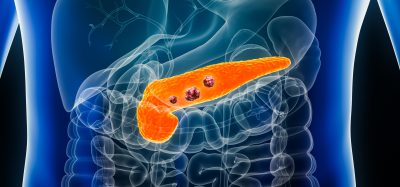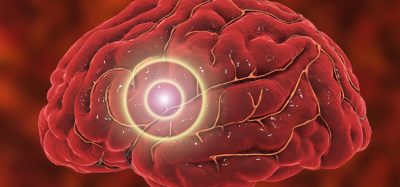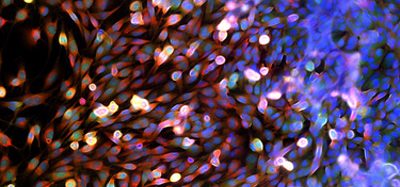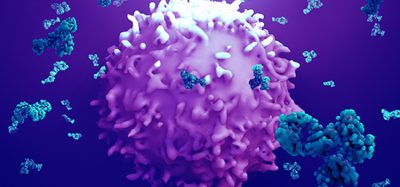Study provides possible answers to why immunotherapy for ovarian cancers often fails
Posted: 23 March 2022 | Ria Kakkad (Drug Target Review) | No comments yet
New research has discovered metabolic mechanisms that contribute to how ovarian cancer escapes from immune attack and how combination therapies can exploit these pathways to improve ovarian cancer treatment.

Researchers at the University of Chicago Medicine Comprehensive Center, US have highlighted new insights into how tumours metabolically adapt to their environment. The study, which was recently published in Science Translational Medicine, may lead to better cancer therapies — serous carcinoma is the most aggressive form of ovarian cancer and accounts for most advanced-stage cases. The poor outcomes associated with the disease emphasise the need for more effective treatments.
The researchers focused on targeting an enzyme called indoleamine 2,3-dioxygenase 1 (IDO1), which is responsible for degrading the amino acid tryptophan, to generate break-down products that can suppress cancer-fighting immune cells (T cells) within the tumour environment. Tumours know that T cells are critically dependent on tryptophan for their survival, therefore, the tumours make high amounts of IDO1 to deprive T cells of tryptophan. Previous studies indicated that targeting the IDO1 pathway with a drug that blocks its action, known as epacadostat (EPA), can switch back on the T cells that the tumour shuts off. The researchers found, however, that IDO1 blockade in combination with immunotherapy has shown limited success in clinical trials, indicating a gap in knowledge of IDO1 biology and the consequences of blocking it.
To better understand how ovarian cancer escapes from immune attack, the research team wanted to see exactly what occurs in the tumour microenvironment (TME) when IDO1 is blocked. Their search began in the clinic, where they collected tissue samples from patients with newly diagnosed advanced ovarian cancer who had not undergone surgery or chemotherapy. They collected samples again after the patients received treatment with a two-week course of EPA and surgery to remove the tumour.
In the laboratory, they ran experiments to study the effects of EPA on the TME from multiple angles. Their studies revealed EPA was effective at blocking the IDO1 pathway of tryptophan degradation, but also revealed that this action triggered a separate chain of events. The tumour microenvironment adapted to these new conditions by redirecting the breakdown of tryptophan toward the serotonin pathway and increasing production of nicotinamide adenine dinucleotide (NAD+). The elevated NAD+ was the key culprit in reducing anti-tumour activity by T cells. The finding that NAD+, a component of key metabolism pathways, affects immune responses opens a new window for understanding anti-tumour immune responses.
The researchers then aimed to find how they can use these results to improve therapy for ovarian cancer patients. They believed that NAD+ metabolites could bind to purinergic receptors that communicate with the immune system, therefore, they investigated the impact of blocking these receptors on T-cell proliferation and function in a mouse model of ovarian cancer.
They found that the combination of IDO inhibition with EPA and an antagonist drug designed to interfere with the purinergic receptors “rescued” T-cell proliferation and led to improved survival in a pre-clinical mouse model of ovarian cancer. Together they deliver a one-two punch to increase anti-tumour activity.
“This work represents a highly collaborative effort spanning a broad range of expertise using cutting-edge technologies, from clinical expertise to statistics, metabolism, gene expression, advanced cell characterisation and visualisation and a pre-clinical model of ovarian cancer,” concluded Dr Kunle Odunsi, research lead. “This body of work encapsulates a tremendous amount of effort, knowledge and expertise from a total of 36 researchers focused on understanding how we can improve ovarian cancer immunotherapy.”
Related topics
Clinical Trials, Disease Research, Immuno-oncology, Immuno-oncology therapeutics, Immunology, Immunotherapy, Personalised Medicine, Research & Development, Technology, Therapeutics
Related conditions
Ovarian cancer
Related organisations
University of Chicago Medicine Comprehensive Center
Related people
Dr Kunle Odunsi







